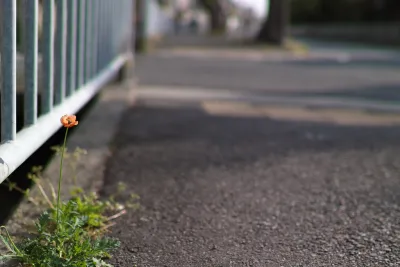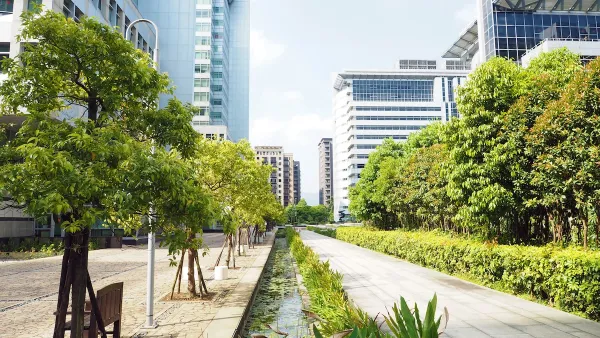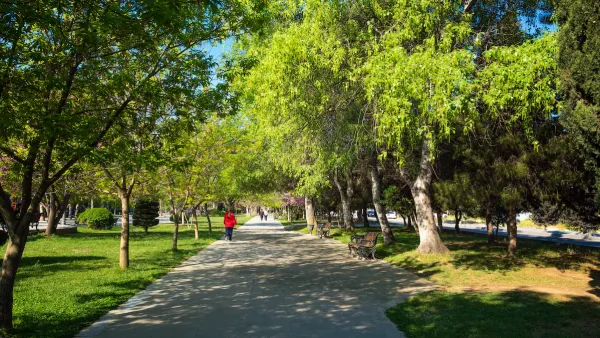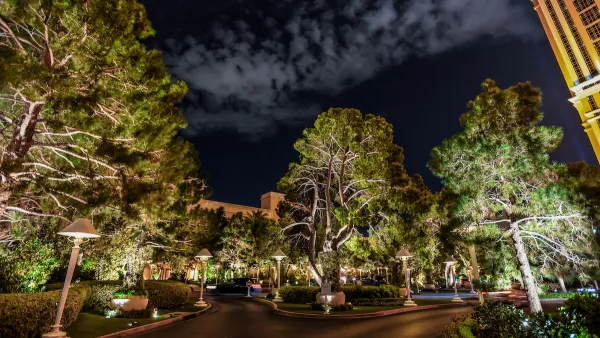The country’s history of racist and segregationist housing policies is affecting vulnerable low-income communities of color that are bearing the brunt of climate change impacts.

"In cities like Baltimore, Dallas, Denver, Miami, Portland and New York, neighborhoods that are poorer and have more residents of color can be 5 to 20 degrees Fahrenheit hotter in summer than wealthier, whiter parts of the same city," report Brad Plumer and Nadja Popovich.
The links between these disparities in urban temperatures and the history of redlining are becoming more apparent. Redlined neighborhoods, which tend to be lower-income communities of color, also have fewer trees, less green space, and more concrete and asphalt.
Digitized redlining maps clearly show the overlap with hotter weather and the legacy of racial inequality that continues to the present day. Plumer and Popovich say the pattern of extreme heat in formerly redlined areas is consistent in cities across the country but each urban area has its own story to tell:
In Denver, formerly redlined neighborhoods tend to have more Hispanic than Black residents today, but they remain hotter: parks were intentionally placed in whiter, wealthier neighborhoods that then blocked construction of affordable housing nearby even after racial segregation was banned. In Baltimore, polluting industries were more likely to be located near communities of color. In Portland, zoning rules allowed multifamily apartment buildings to cover the entire lot and be built without any green space, a practice the city only recently changed.
As cities recognize the relationship between heat and racial equity, many are taking steps to broaden their climate and master plans. Increasing tree canopies, expanding green space, and improving flood protection in these communities are examples of goals and initiatives cities are planning to start addressing these long-standing inequalities.
FULL STORY: How Decades of Racist Housing Policy Left Neighborhoods Sweltering

Analysis: Cybertruck Fatality Rate Far Exceeds That of Ford Pinto
The Tesla Cybertruck was recalled seven times last year.

National Parks Layoffs Will Cause Communities to Lose Billions
Thousands of essential park workers were laid off this week, just before the busy spring break season.

Retro-silient?: America’s First “Eco-burb,” The Woodlands Turns 50
A master-planned community north of Houston offers lessons on green infrastructure and resilient design, but falls short of its founder’s lofty affordability and walkability goals.

Test News Post 1
This is a summary

Analysis: Cybertruck Fatality Rate Far Exceeds That of Ford Pinto
The Tesla Cybertruck was recalled seven times last year.

Test News Headline 46
Test for the image on the front page.
Urban Design for Planners 1: Software Tools
This six-course series explores essential urban design concepts using open source software and equips planners with the tools they need to participate fully in the urban design process.
Planning for Universal Design
Learn the tools for implementing Universal Design in planning regulations.
EMC Planning Group, Inc.
Planetizen
Planetizen
Mpact (formerly Rail~Volution)
Great Falls Development Authority, Inc.
HUDs Office of Policy Development and Research
NYU Wagner Graduate School of Public Service




























